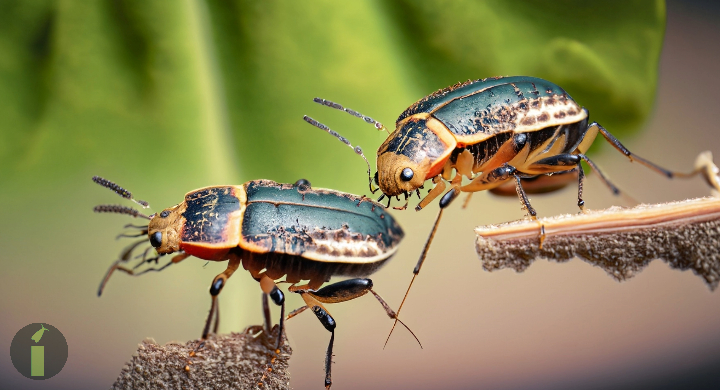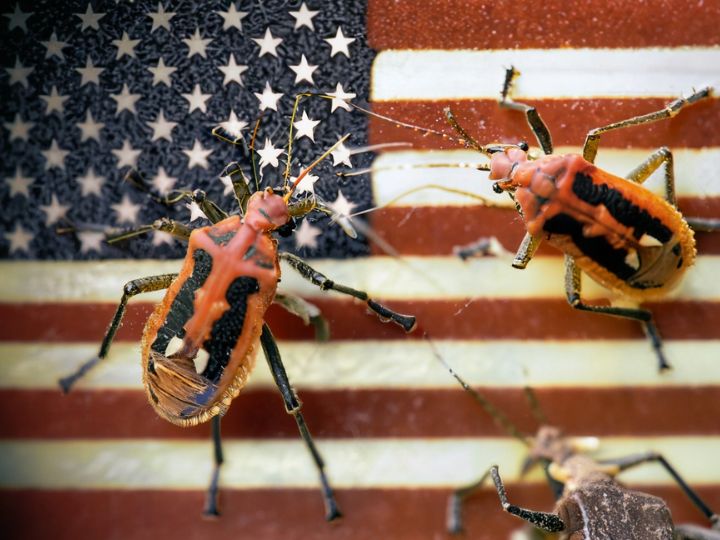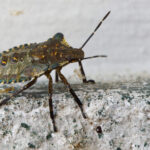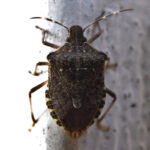Introduction
Invasive bugs have caused havoc on ecosystems and agriculture in the United States, where their distribution has alarmingly increased in recent years. These little invaders, which often go unnoticed, have a significant impact on the delicate balance of nature. In this comprehensive article, we delve into the mechanisms by which these invasive bugs infiltrate and propagate across the country, exploring the ecological consequences and potential strategies for mitigation.
Table of contents
The Stealthy Invasion
Understanding the Dynamics
Invasive bugs, armed with adaptability and resilience, exploit various vectors to spread rapidly. From hitching rides on transportation to natural dispersal mechanisms, their strategies are as diverse as they are effective.

Transportation Networks: A Bug’s Highway
One of the primary contributors to the widespread dissemination of invasive bugs is the intricate network of transportation. Cargo ships, trucks, and even personal vehicles inadvertently become carriers of these pests, transporting them across state lines. The interconnectedness of our transportation system facilitates an unprecedented level of bug mobility.

Ecological Impact
The unchecked spread of invasive bugs poses a severe threat to the native flora and fauna, disrupting ecosystems and triggering a domino effect of ecological consequences.

Agricultural Devastation: Bugs on the Attack
Invasive bugs, with a voracious appetite for crops, can decimate agricultural lands. This not only results in economic losses for farmers but also endangers the nation’s food security. Bold initiatives and pest management strategies become imperative to safeguard the agricultural backbone.

Predatory Imbalance: A Threat to Biodiversity
The invasion of predatory bugs, unchecked by natural predators in their new environment, can lead to an imbalance in local biodiversity. This ripple effect may cascade through the food chain, affecting species that are crucial for ecosystem stability.
Halting the Onslaught
Integrated Pest Management: A Holistic Approach
Addressing the invasive bug crisis necessitates a multi-faceted strategy, with integrated pest management (IPM) emerging as a promising solution.
Biological Controls: Nature’s Arsenal
Utilizing natural predators and pathogens specific to the invasive bugs can provide an eco-friendly alternative to chemical interventions. This method, if employed diligently, can control bug populations without causing harm to the environment.
Early Detection Systems: Nipping the Problem in the Bud
Implementing modern monitoring technologies and early detection systems may drastically reduce the proliferation of invasive pests. Timely identification allows for swift response and containment measures.
Conclusion
First and foremost, it is critical to comprehend the mechanics of invasive insect dissemination as they continue their relentless march throughout the United States. Additionally, the interaction of ecological damage, transportation, and possible mitigation techniques emphasizes how urgent it is to take preventative action. Furthermore, protecting our environment and preserving ecological balance in the face of this ecological crisis requires cooperation between scientists, politicians, and the general people.
FAQs
Q1: How do invasive bugs affect agriculture?
Additionally, invasive bugs can introduce new diseases to local plant populations. Consequently, farmers must implement effective pest management strategies to mitigate the impact of these invasive species. Moreover, government agencies should collaborate with researchers to develop innovative solutions for controlling the spread of invasive bugs.
Q2: Why is integrated pest management important in tackling invasive bugs?
Additionally, integrated pest management includes techniques such as crop rotation, habitat manipulation, and biological control to minimize the use of chemical pesticides. This approach aims to maintain a balance between pest control and environmental sustainability. Furthermore, by promoting natural pest control methods, integrated pest management reduces the risk of harm to non-target organisms and helps to preserve biodiversity.
Q3: What role does early detection play in controlling invasive bug spread?
Additionally, early discovery is crucial for implementing early containment measures, thereby preventing the spread of invasive pests and minimizing environmental impact.










